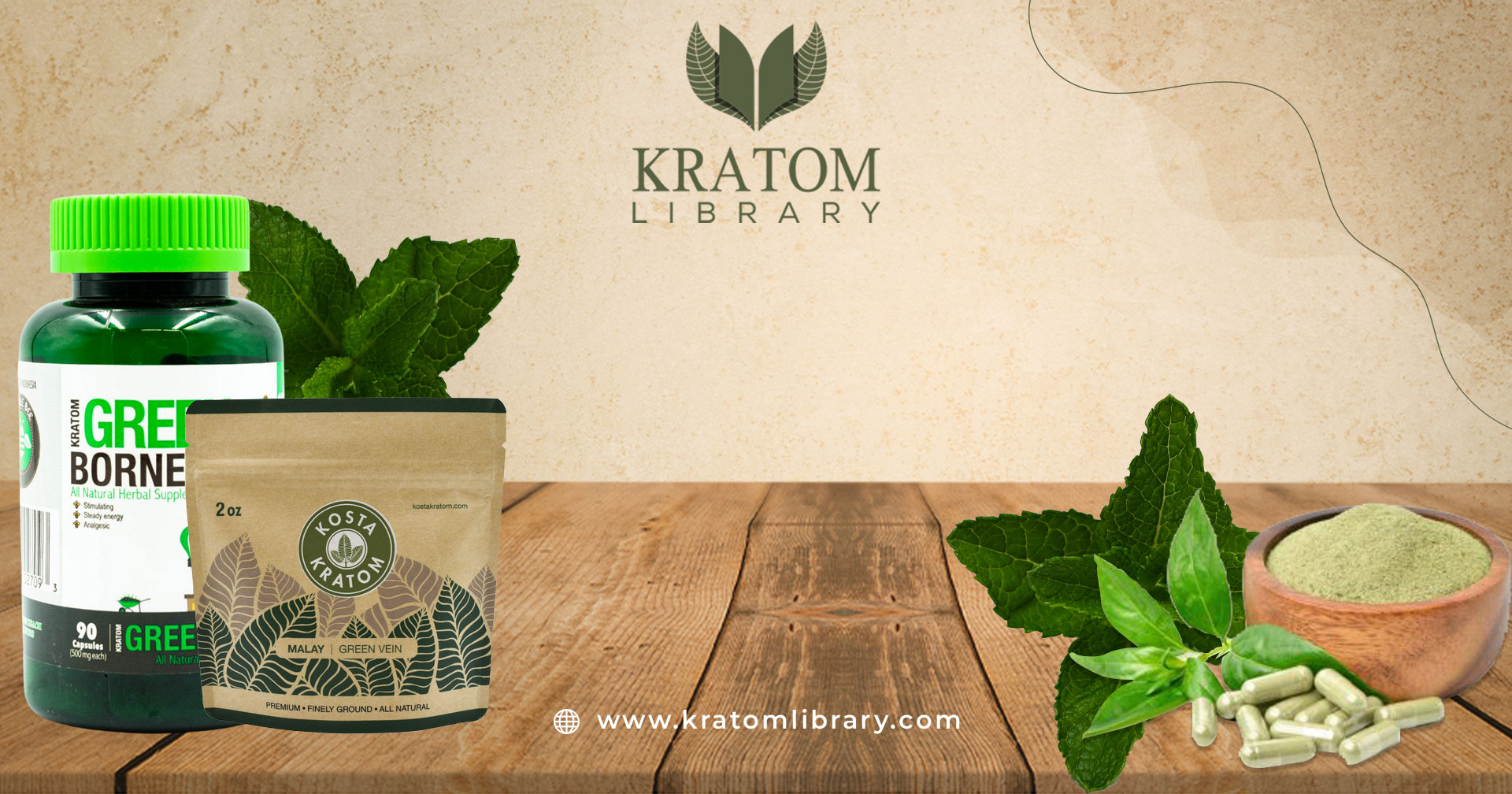What is the Primary Active Ingredient in Kratom? Leave a comment
The Primary Alkaloids in Kratom
Kratom, derived from the leaves of the Mitragyna speciosa tree, contains several active alkaloids that contribute to its effects. These alkaloids interact with receptors in the brain and produce various physiological and psychological responses. In this article, we’ll explore the primary active ingredient in kratom and its effects.
Mitragynine: The Key Alkaloid
The primary active ingredient in kratom is mitragynine. It is the most abundant alkaloid found in the leaves of the Mitragyna speciosa tree, making up approximately 60% of the total alkaloid content. Mitragynine interacts with opioid receptors in the brain, producing both stimulant and analgesic effects.
Stimulant Effects: At lower doses, mitragynine acts as a stimulant, similar to caffeine. It can increase energy levels, enhance focus and alertness, and elevate mood. These effects make kratom popular among individuals seeking a natural energy boost or a productivity aid.
Analgesic Effects: At higher doses, mitragynine exhibits analgesic properties, providing pain relief and relaxation. Many people use kratom for managing chronic pain conditions or as an alternative to traditional pain medications.
Other Alkaloids in Kratom
While mitragynine is the primary active alkaloid in kratom, there are several other alkaloids present in smaller amounts that contribute to the overall effects of the plant:
- 7-hydroxymitragynine: This alkaloid is present in smaller quantities but is believed to be more potent than mitragynine. It is responsible for the sedating and analgesic effects of certain kratom strains.
- Paynantheine: Paynantheine is another alkaloid found in kratom, though its effects are less understood compared to mitragynine and 7-hydroxymitragynine.
- Speciociliatine: Speciociliatine is present in minimal amounts in kratom and is believed to have moderate analgesic effects.
Conclusion
Mitragynine is the primary active alkaloid in kratom, responsible for its stimulant and analgesic effects. This natural compound interacts with opioid receptors in the brain, producing a range of physiological and psychological responses. Other alkaloids, such as 7-hydroxy mitragynine, paynantheine, and speciociliatine, also contribute to the overall effects of kratom.
It’s important to note that while kratom has been used for centuries for its potential benefits, it should be used responsibly and in moderation. As with any herbal supplement, it’s advisable to consult with healthcare professionals before starting or changing any regimen, especially if you have any underlying health conditions or are taking medications.












